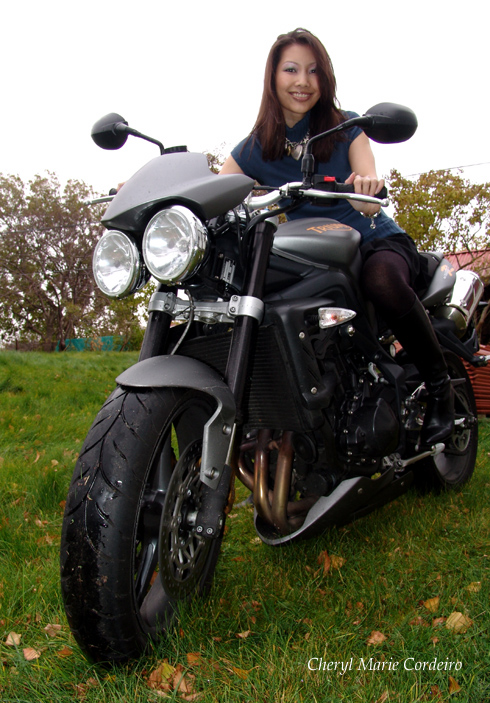
IFP 2011 Graduation Dinner, Montjuïc El Xalet.
The IFP 2011, IESE Business School, University of Navarra saw 41 participants from 26 different countries gather in Barcelona for three weeks of intense studies for executive management faculty.
Photo: JE Nilsson and C M Cordeiro-Nilsson © 2011
The last day of the the International Faculty Program (IFP) at the IESE Business School in Barcelona saw the Class of IFP 2011 gathered for a farewell dinner at Montjuïc El Xalet, a restaurant with a picturesque view of the city of Barcelona!
For three weeks I enjoyed the company of some of the world’s most interesting academics and professionals, from more than 26 countries across the globe.
The Class of IFP 2011 had a broad variety of backgrounds even if the syllabus of the program was specifically designed for faculty members of business schools. The course had a distinct focus of IESE’s brand of case studies as a method of teaching and learning in higher education, in particular with MBAs and EMBAs. The lectures and sessions with various cases proved highly motivating and made for numerous memorable learning experiences.
Continue reading “Sunset at Montjuïc El Xalet, Barcelona summer of 2011”















